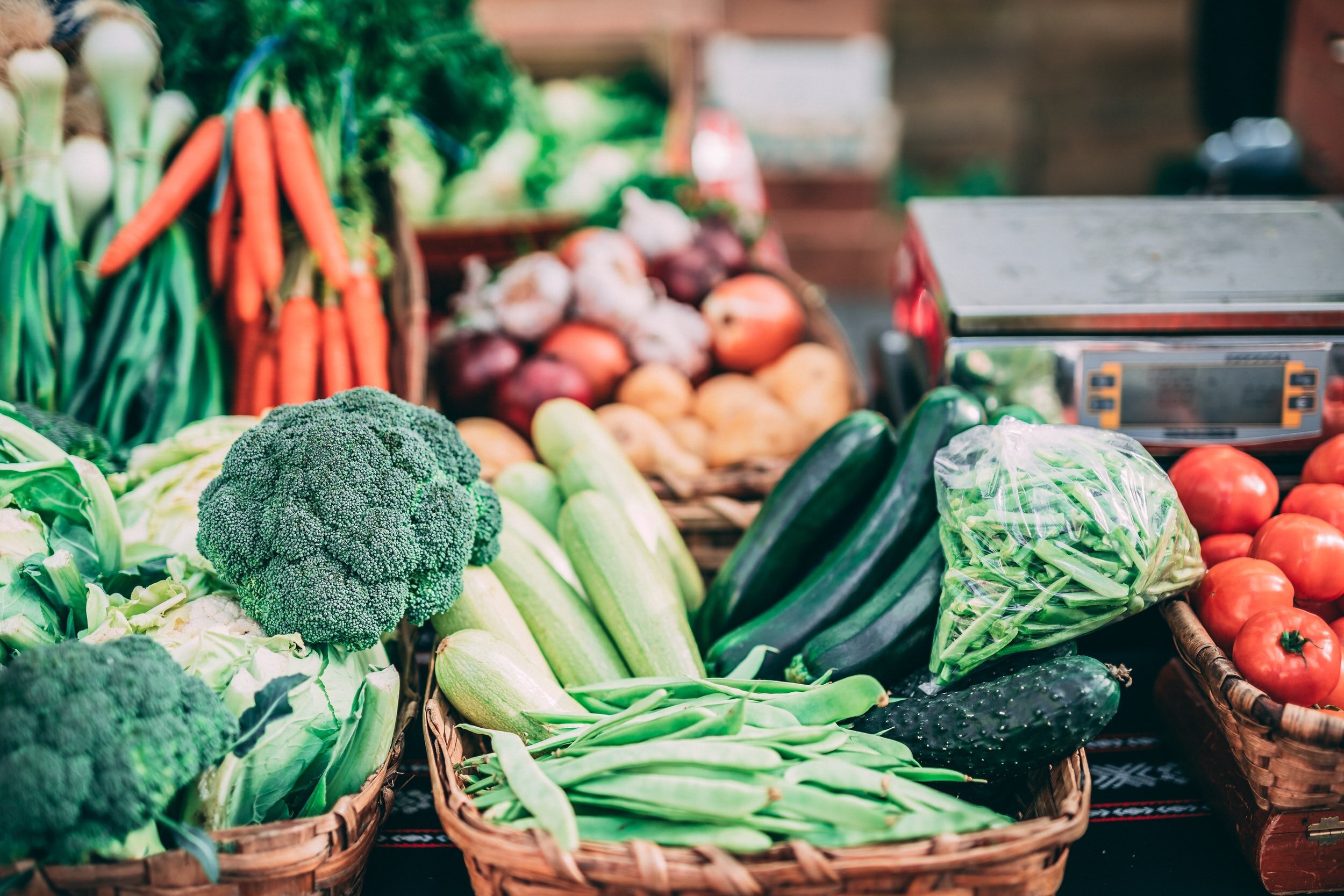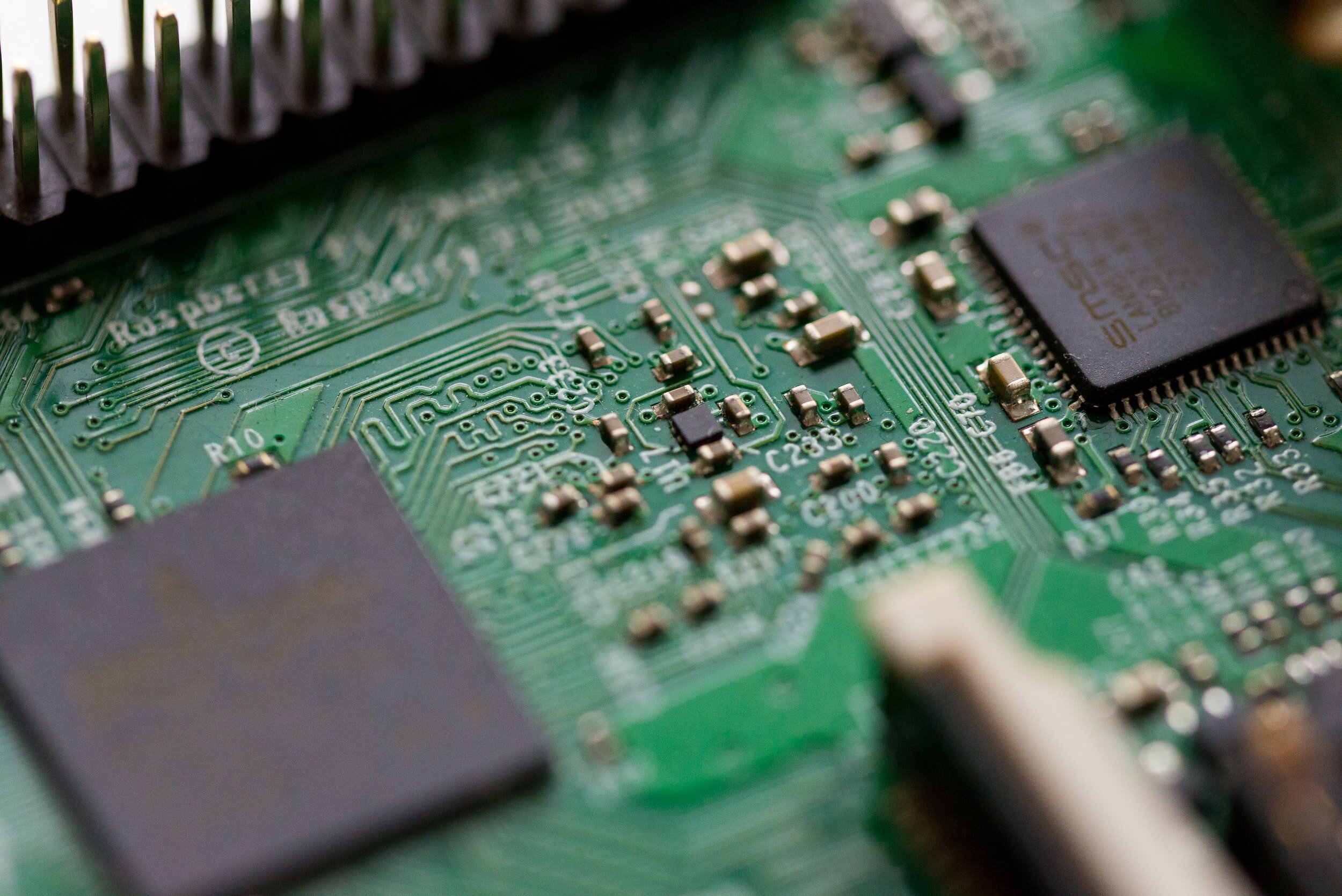Plastic Pollution Hurts Wildlife
By preventing litter from ending up on our shorelines we can help protect our local wildlife
When plastic enters the natural environment it has widespread impacts on wildlife wherever it ends up. Visible plastic litter, like bags, bottles, food packaging, or plastic fragments - just to name a few - can all be mistaken for food. Microplastics, while less visible, have enormous potential to be a long-term threat to the environment and animals, as they are constantly accumulating in the environment with nowhere to go and no way to remove them.
When consumed, plastic is detrimental to the health of animals and in some cases, unfortunately, can cause death. Plastic is indigestible and can have sharp edges that cause internal damage to organs or cause blockages in the digestive system. When animals feed on plastic it can also fill up their stomachs, causing them to feel the sensation of being full, while providing no nutritional value and essentially starving them to death.
Swan sitting in a nest built with polystrene on the Mississauga shoreline
Plastic & Marine Life
Many of the more highly publicized examples of plastic pollution are from marine environments, which is unsurprising, as the Ocean covers 70% of the earth’s surface and is polluted with at least 8 million tons of plastic every year.
Seabirds are some of the most affected animals by marine plastic pollution and have received a lot of media attention in recent years because of it. It’s estimated that approximately one million seabirds die every year due to plastic-related injuries or illnesses, with an even more shocking statistic estimating that 99% of seabirds will be ingesting plastic by 2050.
Birds that feed through surface skimming and diving alike are susceptible to consuming plastic. In some cases, adult birds can regurgitate plastic items sparing them from the short-term damage of plastic items. That being said, younger birds are often not able to do this, and when fed by their parents can be very vulnerable to the effects of plastic consumption. This has been documented recently in the Laysan Albatross in Hawaii but occurs globally. Early research on the topic also suggests how plastic may impact birds' fitness, with consumption being associated with changes in certain chemical parameters of blood, the implications of which are still largely unknown.
Other marine wildlife is not spared the effects of plastic consumption. A literature review found 56% of cetaceans (dolphins and whales) to have consumed plastics and suggested a possibility of up to 22% of stranded animal mortalities being a result of plastic ingestion.
Sea turtles are also incredibly vulnerable to mortality from plastic ingestion, with a study from 2018 found that there is a 50% chance of mortality in turtles once they have ingested 14 pieces of plastic. That being said, plastic litter can vary in size and form, so even one piece of plastic may prove fatal to an animal.
Ghost Nets
Plastic fishing nets in the oceans - often referred to as ghost nets - are also a cause of entanglement which frequently results in fatalities of larger animals. A report by WWF estimated that between 500,000 and 1 million tons of fishing gear enter the ocean every year. Abandoned fishing lines do not truly disappear once they have been lost, as they continue to float around trapping fish. Trapped fish and other animals attract larger marine animals which also then become entangled while attempting to feed.
Marine wildlife like seals, sea lions, birds, turtles, dolphins and sharks are more prone to drowning because they often become trapped and unable to free themselves. Larger whales are sometimes able to break away, but then still have remaining gear wrapped around and cutting into them which increases the risk of infection and exhaustion.
Microplastics
Because awareness of microplastics as a pollutant is a relatively new issue, we have more questions than answers when it comes to the effects microplastics have on wildlife. Due to their small size, microplastics pose less of a threat of physical damage than their larger plastic counterparts. However, there are serious concerns over the toxicity of microplastics and how they can affect the health of wildlife.
Microplastics attract pollutants from the environment, which are then passed on to any animal that ingests them. Various studies have isolated pollutant and microplastic exposures in labs supporting conclusions that they have negative impacts on various physiological functions in marine and freshwater invertebrates, fish, and other organisms. What is unknown is how various microplastics and various pollutants compound with other environmental factors to impact these organisms in a more natural setting.
There is also uncertainty around how microplastics and their associated pollutants move up the food chain, and to what extent microplastics in seafood might be affecting the humans that eat it.
Nurdles (a type of microplastic) found on the shores of Lake Ontario by A Greener Future.
Plastic Pollution and Lake Ontario Wildlife
All of the examples highlighting plastic pollution from marine environments do not undermine that this is also a pressing issue in freshwater aquatic environments.
Cormorants in Lake Ontario, for example, have been documented incorporating plastic into their nests. A study done in 2020 at the Leslie St. Spit in Toronto examined 50 cormorant nests and found that every single one contained anthropogenic (human-made) materials, with plastic making up over half of the items found.
A Greener Future has picked up more than 150,000 pieces of litter from the shores of Lake Ontario since 2014. Beyond the plastic bags, coffee cups, and plastic straws you would expect us to find, we also frequently find lost and littered recreational fishing gear like lines and lures. Though less of an issue for Lake Ontario than in coastal fishing areas, when in the environment, fishing gear can entangle local wildlife, with waterfowl, raptors, and turtles being especially at risk.
Fishing line found littering Rouge Beach by A Greener Future staff & volunteers.
So how does so much plastic litter end up on the shores of Lake Ontario anyway? The answer is not as straightforward as blaming the “careless litterbugs”. Though it’s true that some people still do litter, plastic can also end up in our lake through spills, overflowing trash cans, inadequate waste disposal systems, among other reasons.
Litter is not stagnant - garbage doesn’t necessarily need to be spilled or dropped close to the shoreline for it to end up in the lake. Plastic is typically light weight, which means that when it rains it is prone to being carried into lakes and rivers. This is why the effects of plastic litter on wildlife are more pronounced in aquatic environments. Terrestrial animals can still be impacted by plastic litter, particularly food packaging that has residual food or scent and can attract hungry wildlife. Wildlife lacking the dexterity to maneuver these items can become trapped in plastic bags, or containers.
Plastic grocery bag found floating in Lake Ontario
The scale of plastic and its associated impacts on wildlife globally can seem overwhelming, but there are actions that we can take as individuals to do our part to keep litter away from wildlife.
Here are some ideas to start:
Use your purchasing power - if possible, opt for package-free products and use reusable options
Advocate for better waste management systems and support circular economy initiatives
Donate to organizations that help protect wildlife and aquatic environments
Volunteer at a litter cleanup - A Greener Future hosts cleanups throughout the months of May and June in locations along the shores of Lake Ontario
We hope to see you at a cleanup one day!






















Program Assistant, A Greener Future